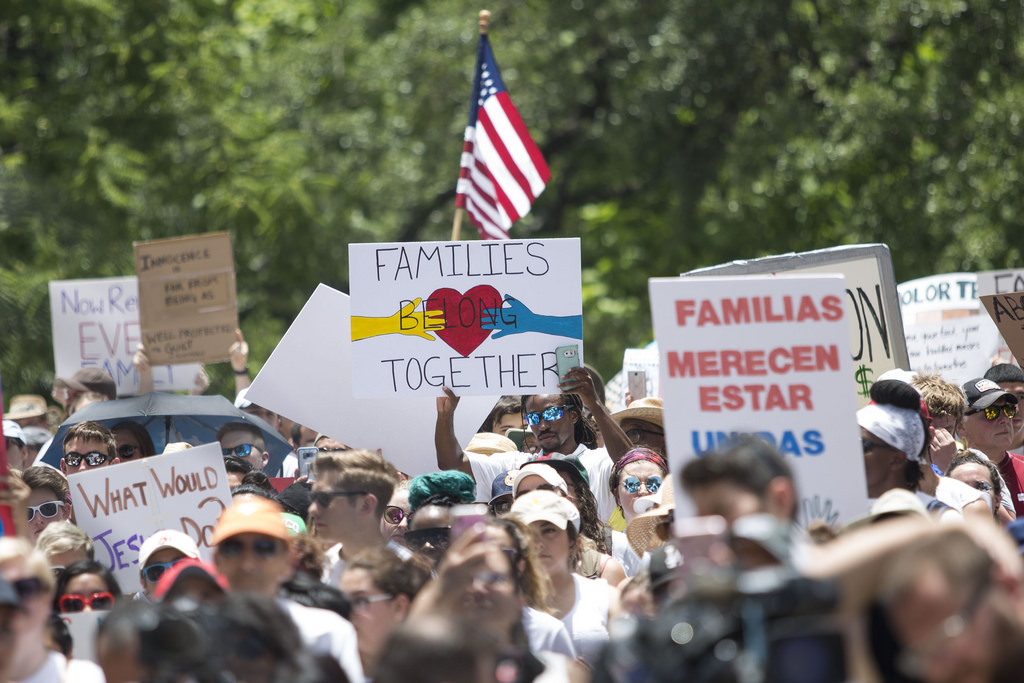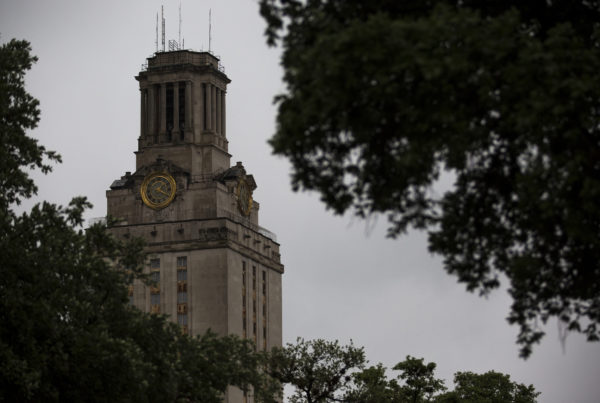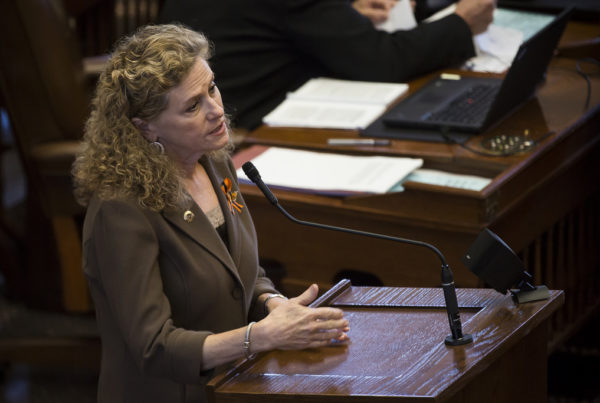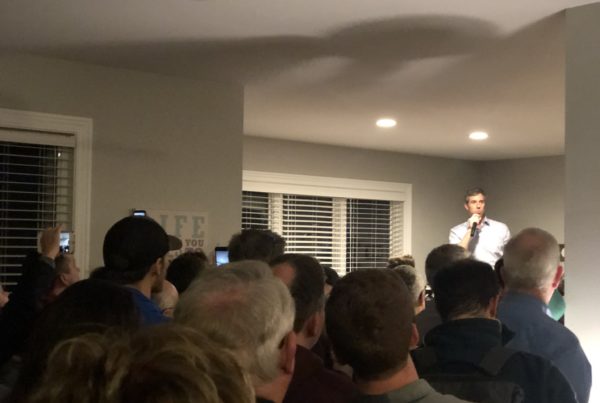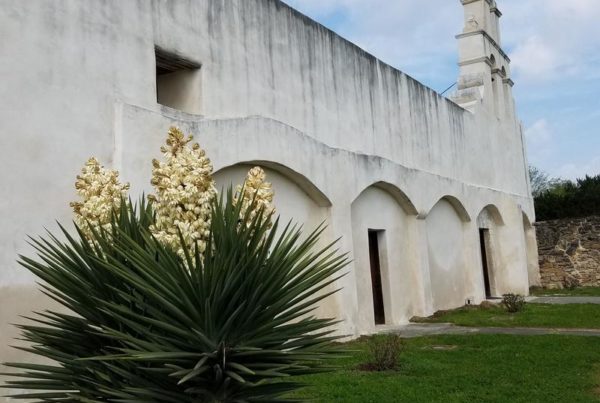As migrant parents were being separated from their children at the southern border, under the Trump administration’s zero tolerance policy, a different drama was unfolding on the other side of the border, as would-be immigrants to the U.S. were sent to a facility where they were extorted by Mexican officials.
Valerie Gonzalez of TV station KRGV in Weslaco has been reporting for months on asylum-seekers waiting on the Mexican side of the international bridge that connects Reynosa with McAllen, Texas. At first, many of these migrants were waiting on the U.S. side of the bridge. Then, U.S. officials told them to wait in Mexico. But those that didn’t have Mexican visas were sent to a facility where Gonzalez says they were then extorted by Mexican immigration officials.
“They began asking them to pay a certain amount of money if they wanted to be allowed to go and apply for that humanitarian visa,” Gonzalez says.
She says about 100 of these migrants were held in a dormitory with cement beds, meant for 32 people. She says she also heard the voice of a child in the background during a phone call with someone staying there.
“Children are not supposed to be there. They’re supposed to be taken to a different shelter for children, run by the government,” Gonzalez says. “And there are no windows; it’s a windowless place in a basement.”
She says she also saw video from the dormitory showing detainees apparently fighting for sport.
“After being locked up in these types of conditions for so long and not knowing when they could get out or if they could get out, it was one way that they would just express their frustration,” Gonzalez says.
She says migrants who couldn’t pay the officials would either be deported or they’d escape the facility.
Gonzalez says there’s a connection between the extortion and the U.S. family separation policy because they were happening at the same time. Once U.S. border officials started “metering” – meaning they moved their inspection booths to the middle of the international bridge to keep asylum-seekers from passing into U.S. territory – Mexican officials ramped up the extortion scheme.
“It only started happening after the metering,” Gonzalez says. “If they were on U.S. territory, then Mexican immigration authorities could not cross that line and come and get [them].”
She says drug cartel violence in Reynosa added to the danger the migrants faced.
“They really had nowhere to go,” Gonzalez says.
Written by Caroline Covington.


